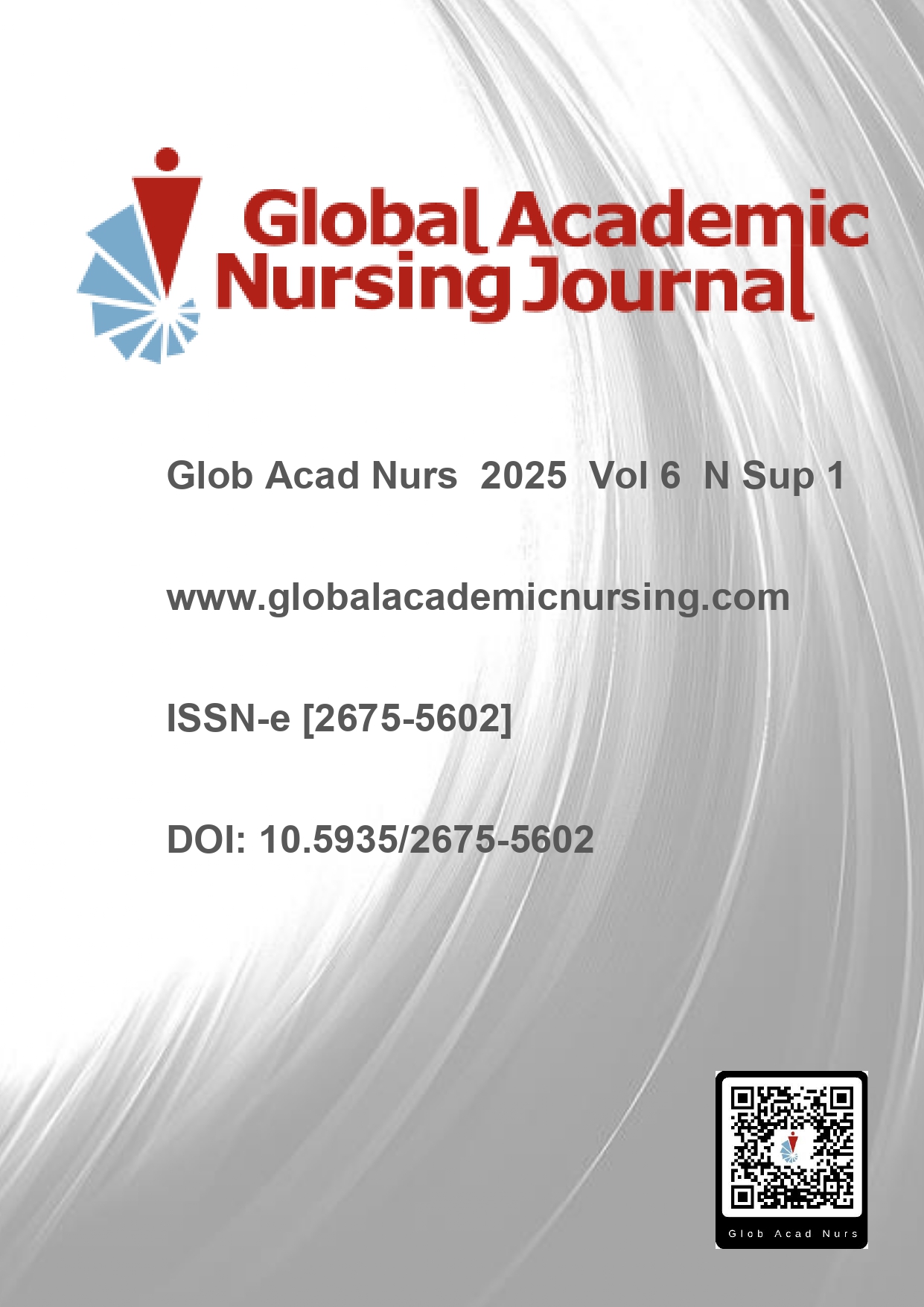Abstract
This study is justified by the high rate of accidents involving venomous animals, as well as the need to discuss emergency care for patients affected by these events. The objectives of this study are to analyze, according to the scientific literature, the clinical manifestations presented by patients who are affected by venomous animals and to describe the main nursing care in pre- and intra-hospital emergencies. This is a literature review study conducted in the LILACS, CINAHL and MedLine databases via PubMed, using the descriptors venomous animals, emergencies and emergency medical services in Portuguese, English and Spanish. Inclusion criteria: articles published in the last ten years, available in full and dealing with accidents with venomous animals. Articles reporting exogenous poisoning caused by plants were excluded, as were theses and dissertations. Of the 54 articles found, 10 met the selection criteria for this study. After reading the text in full, two thematic categories emerged: Clinical manifestations of patients affected by venomous animals and Main care in emergency situations. It was concluded that the clinical manifestations presented by patients vary according to the type of animal that caused the accident, ranging from nausea and vomiting to headache and multiple organ failure. Care to ensure the patient's survival involves identifying the causative agent and administering the specific serum as soon as possible.
References
Ministério da Saúde (BR). Acidentes por animais peçonhentos: o que fazer e como evitar [Internet]. 2020 [acesso em 14 abr 2025]. Disponível em: https://www.gov.br/saude/pt-br/assuntos/saude-de-a-a-z-1/a/acidentes-por-animais-peconhentos-o-que-fazer-e-como-evitar
Ministério da Saúde (BR). Acidentes por animais peçonhentos [Internet]. [acesso em 14 abr 2025]. Disponível em: https://antigo.saude.gov.br/saude-de-a-z/acidentes-por-animais-peconhentos
Machado C, Souza CMV. Animais peçonhentos de importância médica no município do Rio de Janeiro. J Health NPEPS. 2017;2(1):16-39. Disponível em: https://pesquisa.bvsalud.org/portal/resource/pt/biblio-1052497
Ministério da Saúde (BR). Sistema de Informação de Agravos de Notificação (SINAN). Notificações registradas de acidentes por animais peçonhentos [Internet]. 2019 [acesso em 14 abr 2025]. Disponível em: http://tabnet.datasus.gov.br/cgi/tabcgi.exe?sinannet/cnv/animaisRJ.def
Passos ARO, Almeida RA, Lima JS, Silva AM, Abreu LC. A importância da intervenção em acidentes por animais peçonhentos na urgência e emergência móvel. Braz J Surg Clin Res. 2018;24(1):8-12.
Silva AM, Bernarde PS, Abreu LC. Acidentes com animais peçonhentos no Brasil: análise dos fatores de risco não modificáveis. Rev Saude Publica. 2015;49:32.
Pecharromán JM Rey, García-López R, Gil-Aguado A, Sanz-Peláez O, Linares-Rufo M. Envenenamiento por mordedura de serpiente en España. Emergencias. 2018;30(2):126-32.
Zeng FJ, Chen C, Liu MH. Allergic reactions to antivenom in a patient bitten twice by the same snake within a month: A rare case report and literature review. Chin J Traumatol. 2017;20(5):299-302. DOI: 10.1016/j.cjtee.2016.12.004

This work is licensed under a Creative Commons Attribution-NonCommercial-NoDerivatives 4.0 International License.
Copyright (c) 2025 Global Academic Nursing Journal

